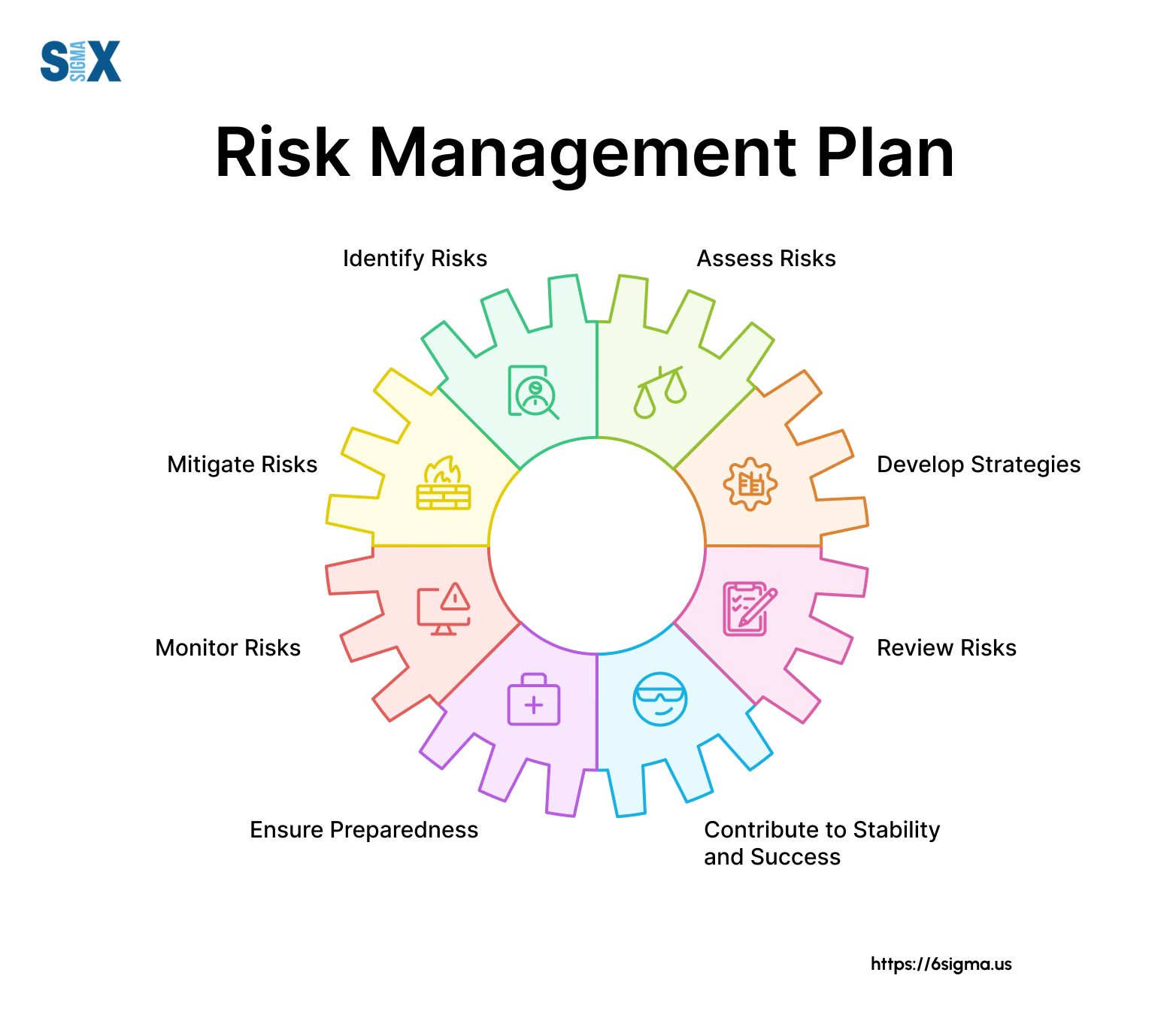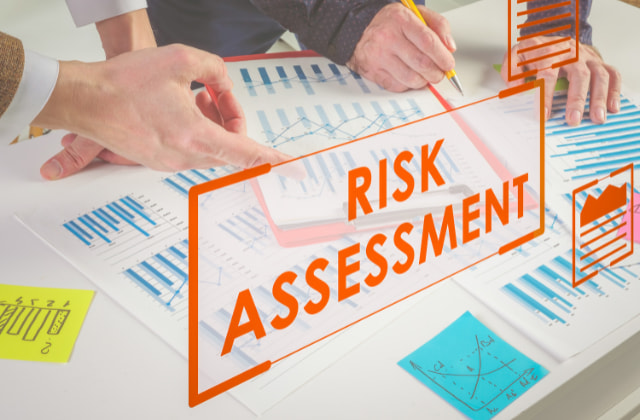The Tactical Importance of Risk Management in Building Market Advantage
The Tactical Importance of Risk Management in Building Market Advantage
Blog Article
The Crucial Relevance of Risk Management in Achieving Business Objectives
In the swiftly developing business landscape, the capacity to navigate uncertainty has become an important. This is where Risk Management steps in, providing a structured method to determining, examining, and mitigating possible roadblocks to progress. It's greater than just a safety action - it's a critical device, fostering resilience and advancement. As we check out the vital function of Risk Management in accomplishing business goals, one can't aid yet question: how does this translate into real-world success?
Understanding the Principle of Risk Management in Organization

The Important Role of Risk Management in Strategic Preparation
Integrating Risk Management into critical planning acts as a safeguard for companies, anchoring their lasting strategies with a solid foundation of preparedness and durability. Risk Management uses a structure for anticipating uncertainties and developing appropriate feedbacks, guaranteeing the organization's survival and prosperity also in the face of difficulty. By incorporating Risk Management right into critical planning, companies can transform these uncertainties right into opportunities for development and development.

Methods for Identifying, Assessing, and Prioritizing Dangers
Navigating the complex landscape of dangers calls for the application of certain strategies for their prioritization, identification, and evaluation. The procedure starts with Risk recognition, using devices such as SWOT analysis, which assists in identifying potential dangers and chances. Next, Risk evaluation is conducted to establish the possible impact and probability of each Risk. Devices such as Risk matrices and impact-probability graphes are utilized for this. Lastly, risks are prioritized based upon their potential influence and probability, enabling organizations to focus their resources on high-priority dangers. This organized method makes sure a comprehensive understanding of the Risk landscape, enabling organizations to make enlightened decisions and effectively manage risks to attain their goals - importance of risk management.
Safeguarding Business Procedures With Reliable Risk Management
In the service landscape laden with unpredictabilities, efficient Risk Management plays a pivotal function in guarding organizational procedures. It functions as a safety guard, reducing the damaging impacts of prospective risks and ensuring the smooth performance of all processes. By determining and assessing possible dangers, Risk Management enables companies to develop robust backup strategies. This preventive approach aids in keeping functional security, even when confronted with unexpected circumstances. Fundamentally, Risk Management is the lifeline that maintains the organizational operations afloat in the middle of stormy waters. It guarantees not just the survival however the lasting development of a company, making it a vital device in achieving service objectives. Hence, organizations need to buy comprehensive Risk Management methods to safeguard their procedures.

Converting Potential Risks to Opportunities: The Power of Risk Management
While prospective dangers may initially show up as obstructions to business success, find more reliable Risk Management can change them into possibilities. A positive technique to risk Management entails determining, assessing, and prioritizing threats to devise techniques that transform them right into potential advantages. This procedure necessitates the advancement of a risk-aware society within the company, motivating people to check out risks as prospective drivers for adjustment and development, as opposed to mere threats. importance of risk management. Through this lens, potential dangers come to be possibilities to introduce, boost processes, and enhance durability. Therefore, by leveraging the power of Risk Management, companies can not just secure their procedures yet additionally stimulate development and attain their objectives in an unpredictable business environment.
Situation Studies: Success Stories of Risk Management Driving Company Objectives
Effective implementation of Risk Management techniques has actually produced impressive outcomes in various organizations, highlighting the benefits of this method. International companies like Microsoft and Google, for instance, have actually leveraged Risk Management to decrease risks and manipulate chances, driving their organization objectives onward. These examples show just how successful Risk Management can not only steer services clear of potential challenges but additionally direct them in the direction of their calculated objectives.
Verdict
Finally, Risk Management is essentially vital in accomplishing organizational objectives. It supplies a systematic strategy to determining, examining, and resolving potential check hazards and opportunities. More than simply mitigating risks, it also cultivates advancement, resilience, and lasting growth. By including Risk Management into tactical preparation, services can much better browse uncertainties, safeguard operations, and capitalise on chances, consequently straightening with lasting objectives.
At its core, Risk Management is the procedure of determining, examining, and dealing with possible risks that can negatively affect a company's goals or operations. Next, Risk assessment is performed to identify the prospective effect and probability of each Risk. Threats are focused on based on their possible influence and chance, permitting companies to focus their sources on critical dangers. By identifying and browse this site analyzing possible hazards, Risk Management makes it possible for companies to establish durable contingency plans. An aggressive method to risk Management entails recognizing, examining, and focusing on threats to design strategies that transform them right into possible benefits.
Report this page